In the eerie world of parasitism, some of nature’s most fascinating and disturbing relationships unfold in plain sight. Among these, the phenomenon of parasites that manipulate insect behavior—creating what scientists informally call “zombie insects”—stands out as particularly remarkable. These parasites, ranging from fungi to worms to wasps, hijack their hosts’ nervous systems and transform them into unwitting servants, often leading them to their deaths in spectacularly orchestrated ways. This mind control isn’t the stuff of science fiction but rather an evolutionary strategy refined over millions of years. The process reveals nature’s complexity and the extraordinary adaptations parasites have developed to ensure their survival, even at the complete expense of their hosts.
The Science Behind Behavioral Manipulation
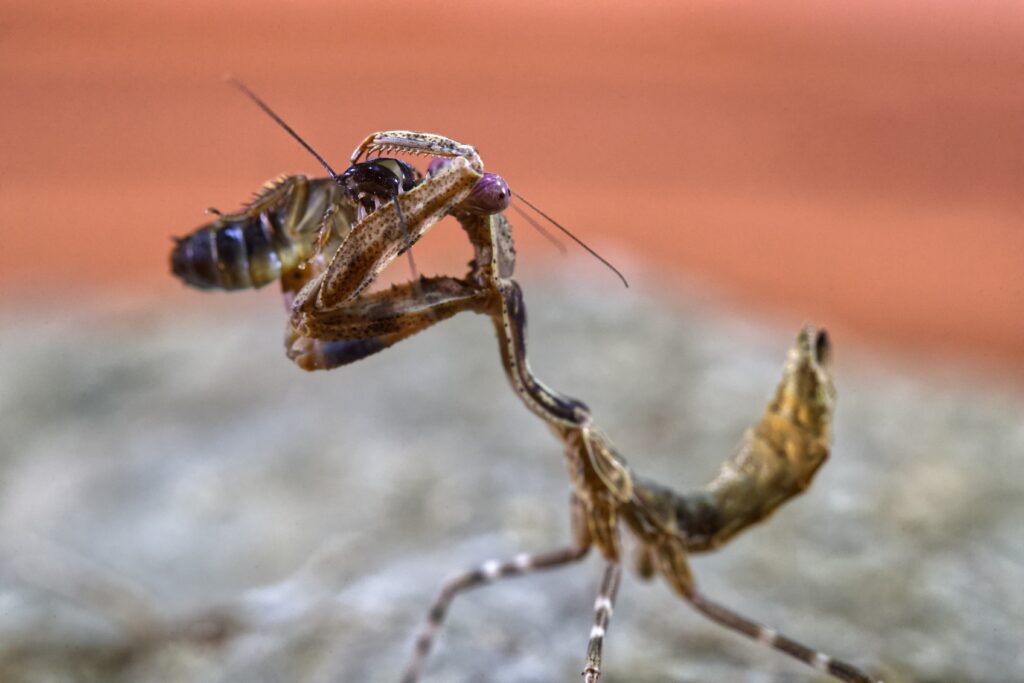
Parasitic behavioral manipulation represents one of nature’s most sophisticated biological hacking systems. When parasites take control of their insect hosts, they’re essentially reprogramming complex neural circuits and biochemical pathways that evolved over millions of years. These manipulators produce compounds that can alter neurotransmitter levels in the host’s brain, effectively changing how signals are processed and ultimately controlling movement, decision-making, and even survival instincts. Research has shown that some parasites target specific brain regions with surgical precision, while others flood the host’s system with chemicals that create broad behavioral changes. The biochemical mechanisms often involve disruption of dopamine, serotonin, or octopamine—insect neurotransmitters that regulate everything from movement to feeding behaviors. What’s particularly fascinating is that these manipulations don’t happen randomly but follow precise patterns that benefit the parasite’s life cycle at each specific stage.
Cordyceps: The Fungus That Creates Ant Zombies
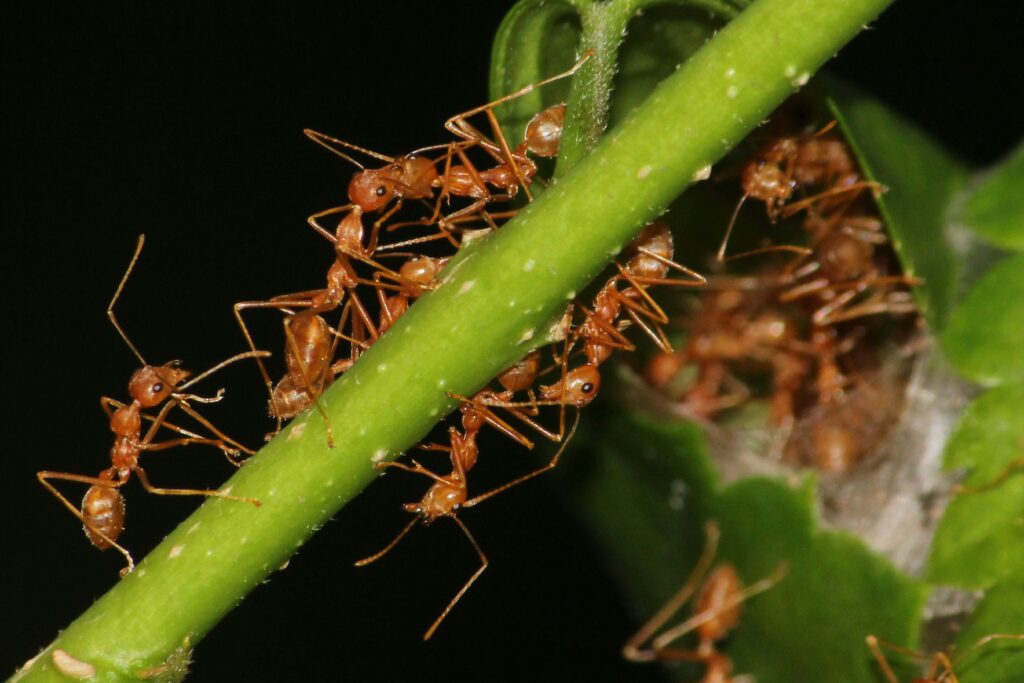
Perhaps the most famous insect mind-controller is Ophiocordyceps unilateralis, the fungus that transforms ants into what researchers call “zombie ants.” This fungal parasite specifically targets carpenter ants in tropical forests, infiltrating their bodies and gradually spreading throughout their tissues. When ready to reproduce, the fungus hijacks the ant’s brain, compelling it to leave its colony and climb vegetation to a precise height with ideal temperature and humidity conditions for fungal reproduction. Most remarkably, infected ants often bite down on the underside of a leaf or twig in a distinctive “death grip” that anchors them in place—a behavior never seen in healthy ants. After the ant dies in this position, a fungal stalk erupts from its head, eventually releasing spores that rain down on the forest floor to infect more ants. Scientists have discovered that the fungus forms a complex network throughout the ant’s body and head, but remarkably doesn’t physically invade the brain—instead, it releases chemicals that manipulate the ant’s behavior from the outside.
Jewel Wasps and Their Cockroach Victims
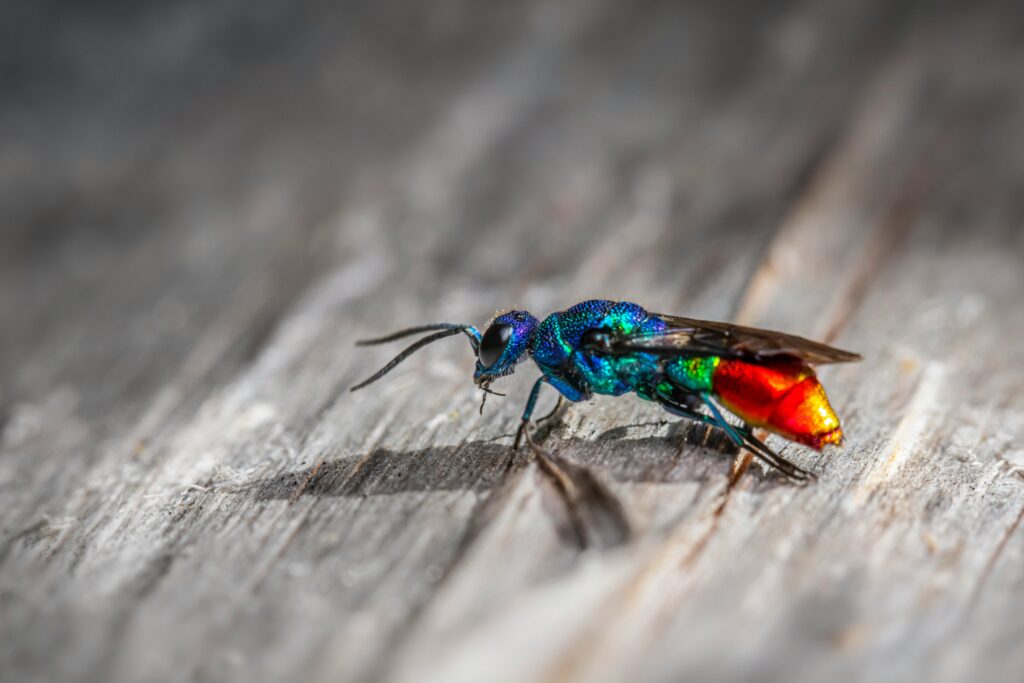
The emerald jewel wasp (Ampulex compressa) performs one of the most precise surgical operations in the natural world on its cockroach hosts. This metallic green parasitoid wasp doesn’t kill its victim outright but rather transforms it into a docile “zombie” that will serve as living food for the wasp’s offspring. The female wasp delivers two stings with extraordinary precision—first to the cockroach’s thorax to temporarily paralyze its front legs, then a second, more surgical strike directly into specific ganglia in the cockroach’s brain. This second sting delivers a cocktail of neurotoxins that blocks octopamine, a key neurotransmitter, effectively eliminating the cockroach’s escape reflex while leaving it capable of movement. The stung cockroach, now docile and compliant, can be led by its antenna like a dog on a leash to the wasp’s burrow, where it will remain alive but immobile as the wasp’s larva hatches, feeds on it from the inside, and eventually emerges from the cockroach’s body. This precision manipulation allows the wasp larva to feed on fresh rather than decomposing tissue throughout its development.
Hairworms: Driving Insects to Drown Themselves
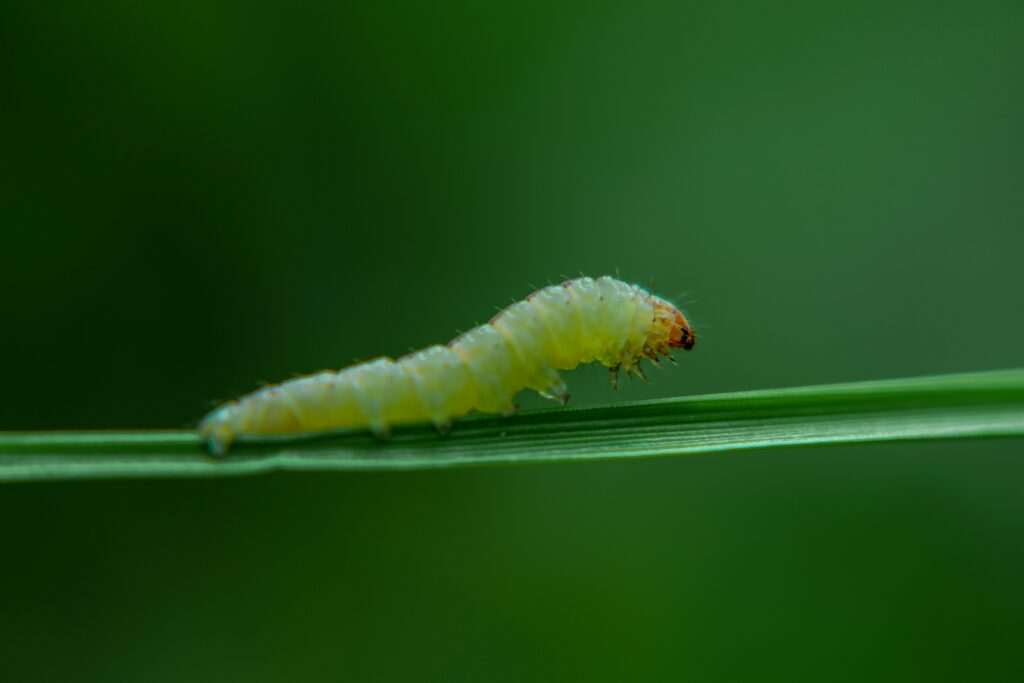
Hairworms represent one of the most dramatic examples of parasitic manipulation, driving their hosts to commit what amounts to suicide. These long, thin nematomorphs spend their juvenile stages as parasites inside terrestrial insects like crickets, grasshoppers, and beetles, but need to return to water as adults to mate and reproduce. To solve this environmental transition problem, infected mature hairworms produce proteins that affect their host’s central nervous system, specifically creating an overwhelming attraction to water—a behavior completely contrary to the insect’s normal survival instincts. When an infected cricket encounters water, it jumps in and drowns itself, allowing the mature hairworm to emerge from its body in a spectacularly grisly scene where the worm—often several times longer than its host—uncoils from the dying insect. Research has revealed that these manipulative parasites alter the expression of genes related to their host’s water-seeking behavior and even produce molecules that mimic the insect’s own neurochemical signals. The worm’s life cycle continues in water, where adults mate and produce eggs that will eventually find their way into new insect hosts.
Lancet Liver Flukes: The Multi-Host Manipulators
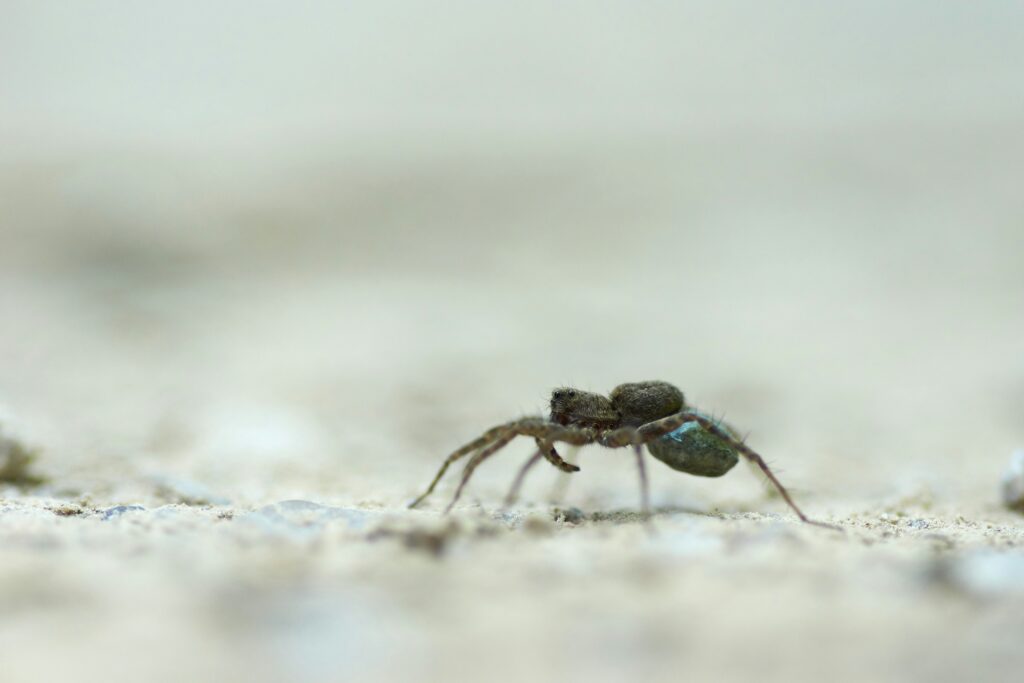
The lancet liver fluke (Dicrocoelium dendriticum) demonstrates one of the most complex life cycles involving behavioral manipulation across multiple hosts. This tiny flatworm parasite begins its journey in snail intestines, passes through ant hosts, and ultimately needs to reach the liver of grazing mammals like sheep or cattle to reproduce. The critical manipulation occurs in the ant stage, where the fluke forces its host to engage in a bizarre nightly ritual. During the day, infected ants behave normally, but as evening temperatures drop, the fluke takes control, compelling the ant to climb to the top of grass blades, lock its mandibles onto the vegetation, and remain immobilized until morning. This dramatically increases the ant’s chances of being accidentally consumed by grazing livestock, exactly what the parasite needs to complete its life cycle. The most fascinating aspect is the precision of this manipulation—the fluke specifically targets the ant’s subesophageal ganglion, a brain region that controls biting behaviors, and the infection-induced climbing only occurs during evening temperature drops, maximizing the chance of ingestion while minimizing the risk of the ant dying from exposure during hot daytime hours.
Parasitic Wasps: Masters of Host Exploitation

Parasitoid wasps represent some of nature’s most sophisticated manipulators, with thousands of species employing different strategies to control their hosts. Unlike typical parasites that may weaken but not necessarily kill their hosts, parasitoids ultimately kill the organisms they infect. The Glyptapanteles wasp, for instance, injects its eggs into caterpillars, and after the larvae emerge to pupate outside the host, the still-living caterpillar stops feeding and begins serving as a bodyguard, violently swinging its head to ward off predators that might threaten the wasp pupae. Another remarkable example is Cotesia glomerata, whose larvae manipulate their caterpillar host to spin a protective silk blanket over the wasp cocoons after they emerge, essentially forcing the host to build a shelter for its parasites before dying. Perhaps most disturbing is Hymenoepimecis argyraphaga, which induces its spider host to abandon its normal web-building pattern and instead construct a specialized “cocoon web” perfectly suited for supporting the wasp’s cocoon, essentially forcing the spider to create the ideal structure for its parasite’s development before being killed and consumed.
Strepsiptera: The Twisted-Wing Parasites
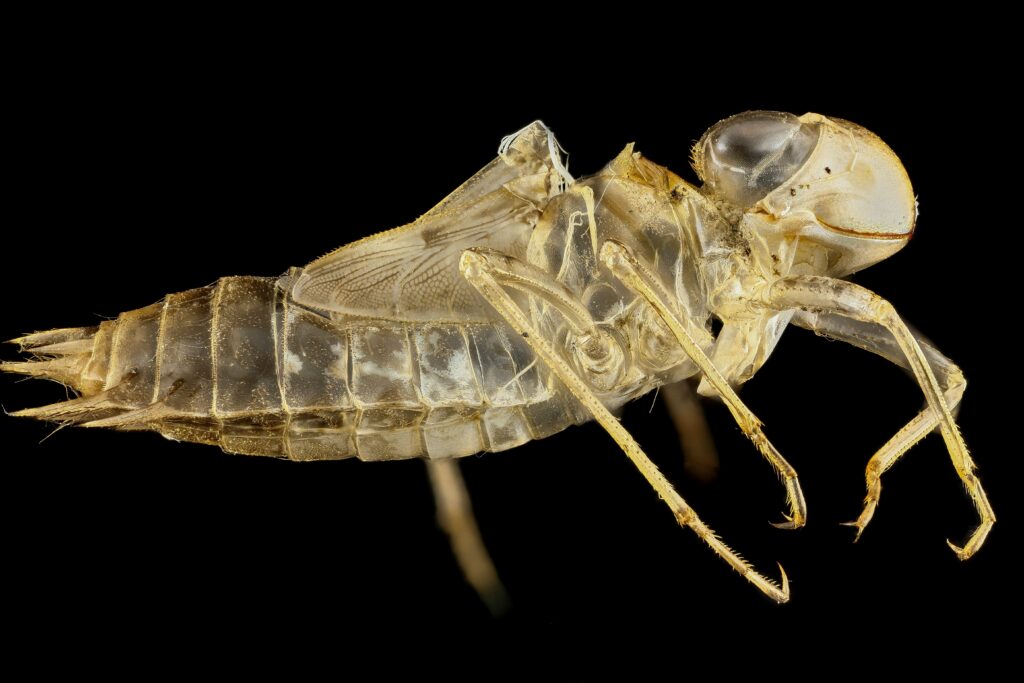
Strepsiptera, or twisted-wing parasites, represent some of the most unusual entomophagous parasitoids on Earth, with approximately 600 species that primarily target bees, wasps, and other insects. The female Strepsiptera never leave their hosts and become reduced to little more than egg-producing sacs with no legs, eyes, or wings, while males develop into free-living insects. When a female parasitizes a social insect like a wasp or bee, she often causes dramatic behavioral changes, including altered flight patterns, diminished foraging capability, and most significantly, changes in host navigation that often bring infected individuals to locations that maximize the parasite’s transmission opportunities. Structurally, these parasites often distort their host’s abdomen, creating a distinctive bulge where the female partially protrudes from between the host’s abdominal segments—a condition called “stylopization.” Remarkably, some hosts survive for weeks in this zombified state, continuing to move among their colony members while the parasite manipulates their behavior to benefit its reproductive strategy, essentially turning social insects into parasite delivery vehicles.
Nematode Parasites: Underground Manipulators
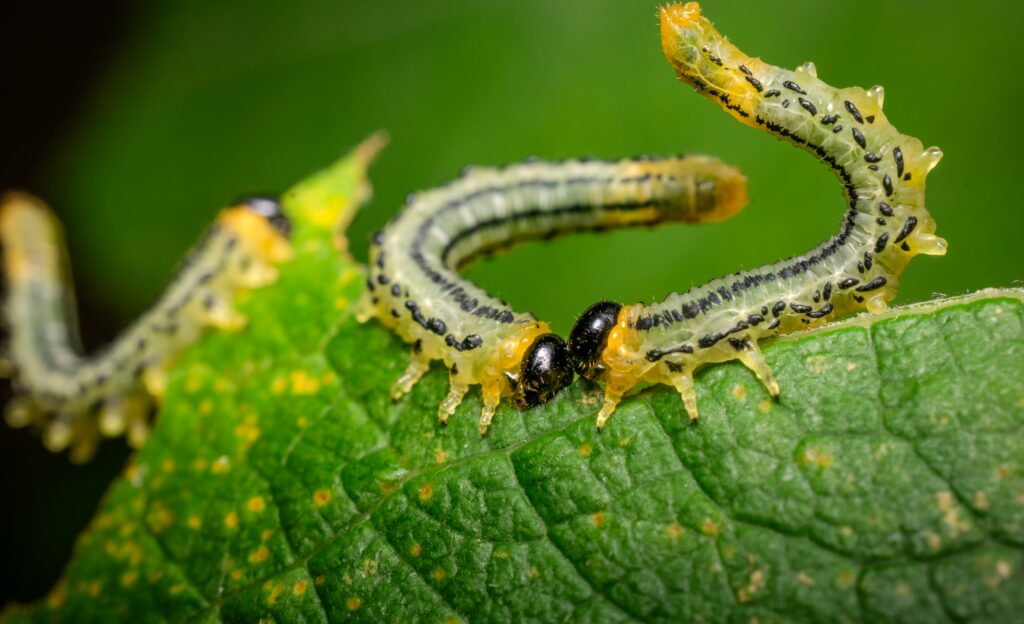
Nematode parasites have evolved numerous strategies to manipulate their insect hosts, with some of the most striking examples found in relationships with ants, beetles, and other soil-dwelling insects. One fascinating case involves Myrmeconema neotropicum, a nematode that infects Cephalotes atratus ants in Central and South American rainforests. This parasite causes the black ant’s abdomen to turn bright red and resemble a ripe berry, while simultaneously manipulating the ant to elevate its abdomen and become sluggish. This dramatic transformation makes infected ants attractive to berry-eating birds, which then consume the ants and disperse the nematode eggs in their droppings. Another example is Heterorhabditis bacteriophora, which forms a mutualistic relationship with Photorhabdus bacteria; together, they invade insects, kill them within 48 hours, and convert the cadaver into a nutritious medium perfect for nematode reproduction. What makes these manipulations particularly remarkable is how nematodes, despite their relatively simple nervous systems, can orchestrate such complex changes in their hosts’ appearance, biochemistry, and behavior—often working at the genetic and endocrine levels to create these zombifying effects.
Viral Mind Control: Baculoviruses
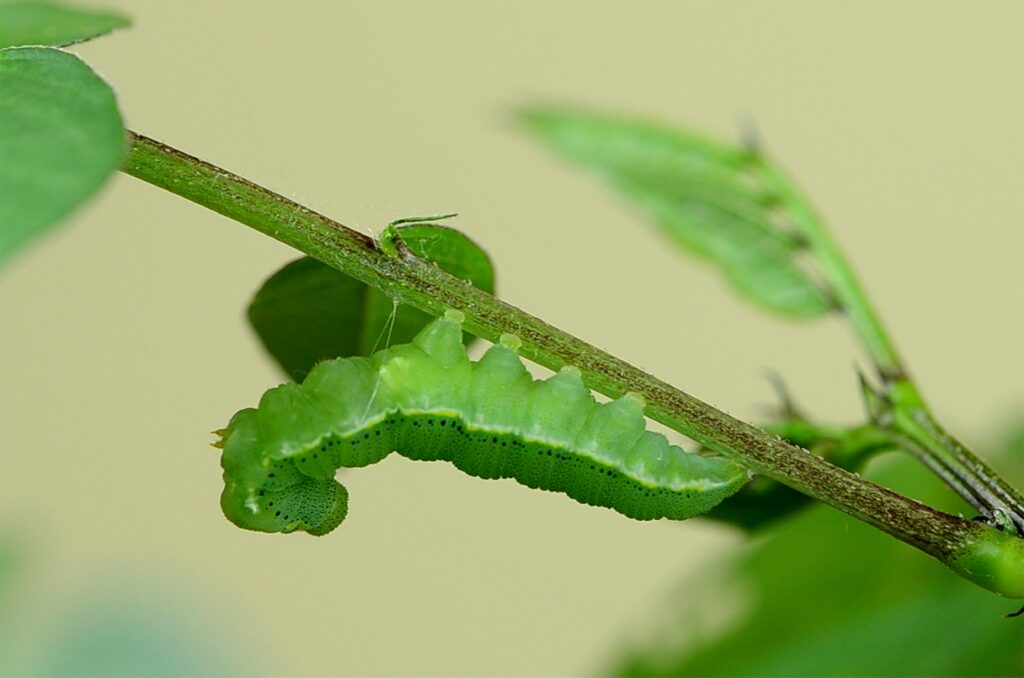
Baculoviruses demonstrate that even the simplest biological entities—viruses—can evolve sophisticated behavioral manipulation strategies. These viruses primarily infect caterpillars and have developed a particularly gruesome method of transmission called “tree-top disease” or “summit disease.” When a caterpillar consumes plant material contaminated with baculovirus particles, the virus initiates an infection that ultimately drives the caterpillar to climb to elevated positions on plants before death—a behavior completely contrary to their normal protective instincts to hide during daylight hours. Research has identified specific viral genes, such as the egt gene, that disable the host’s molting hormone and contribute to this climbing behavior. Once positioned high on vegetation, the infected caterpillar dies, and its body liquefies into a dripping suspension of millions of virus particles that rain down on vegetation below, creating an infectious zone for new caterpillar victims. Some baculoviruses even cause their hosts’ cuticles to fragment more easily after death, enhancing virus dispersal in a dramatic posthumous manipulation that maximizes transmission efficiency.
Toxoplasma: Cross-Kingdom Mind Control
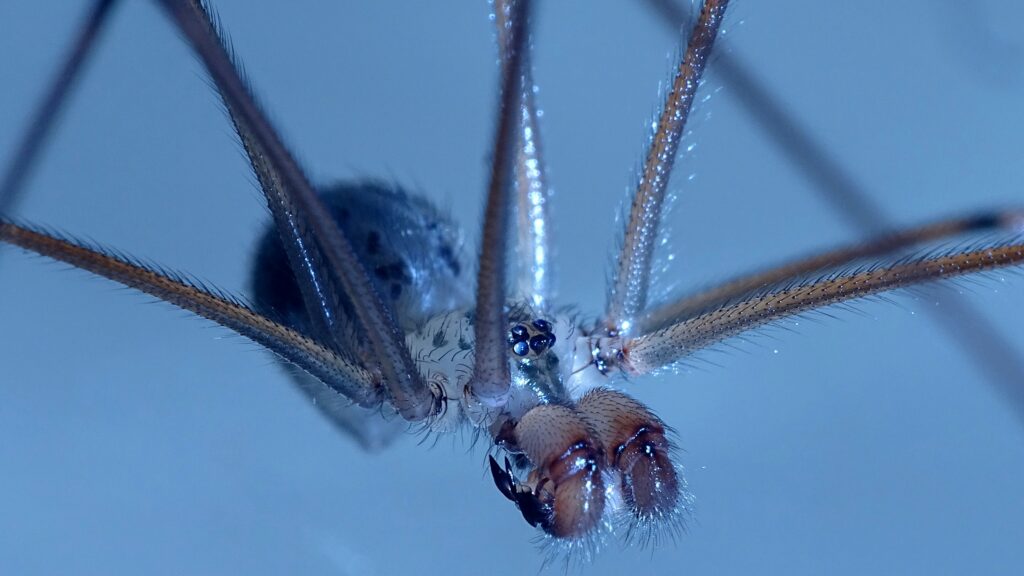
While primarily known for infecting mammals, Toxoplasma gondii deserves mention as one of nature’s most successful manipulators, with mechanisms that bridge multiple animal kingdoms including some insects. This single-celled parasite famously alters rodent behavior to make them attracted to cat odors rather than fearful of them, increasing the chance of the rodent being eaten by a cat—the only host in which Toxoplasma can sexually reproduce. Less well-known is that Toxoplasma can also infect certain insects, particularly cockroaches, and may induce behavioral changes that make them more likely to be consumed by animals further up the food chain. The parasite accomplishes these manipulations by producing enzymes and specialized proteins that alter neurotransmitter levels and gene expression in its host’s brain. Toxoplasma’s ability to cross between insect, rodent, bird, and mammalian hosts while maintaining its behavior-altering capabilities represents one of the most evolutionarily sophisticated parasite strategies known to science, demonstrating how behavioral manipulation can evolve to bridge multiple species and even different animal kingdoms in complex ecological networks.
Wolbachia: The Sex-Manipulating Bacteria
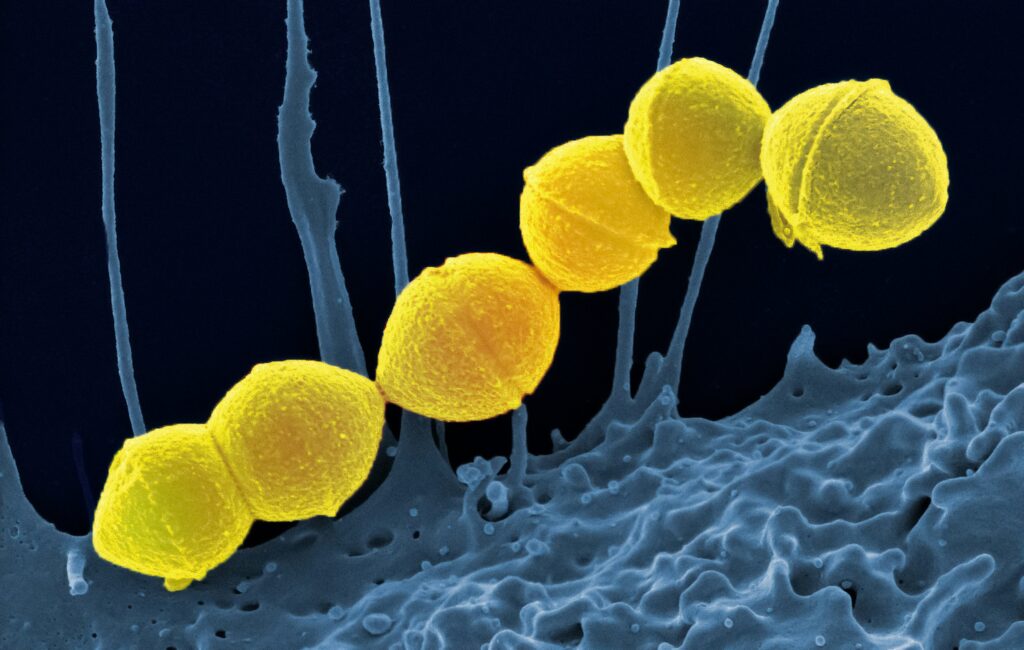
Wolbachia bacteria represent one of the most widespread parasitic manipulators on Earth, infecting perhaps up to 60% of all insect species with remarkable effects on host reproduction and behavior. These intracellular bacteria are primarily transmitted maternally through egg cells and have evolved multiple strategies to increase the proportion of infected females in host populations. In many wasps, beetles, and butterflies, Wolbachia can convert genetic males into functional females (feminization), eliminate males entirely (male killing), cause virgin females to reproduce asexually (parthenogenesis), or create reproductive incompatibilities between infected and uninfected individuals (cytoplasmic incompatibility). Beyond these reproductive manipulations, research has shown that Wolbachia can alter host behaviors including flight, feeding, mating preferences, and even learning abilities. Perhaps most significantly for human health, Wolbachia infections in mosquitoes can block the transmission of dengue, Zika, and other viruses, making these bacteria potentially valuable tools in disease control strategies—a rare case where parasitic manipulation might benefit humans.
Evolutionary Arms Race: How Hosts Fight Back
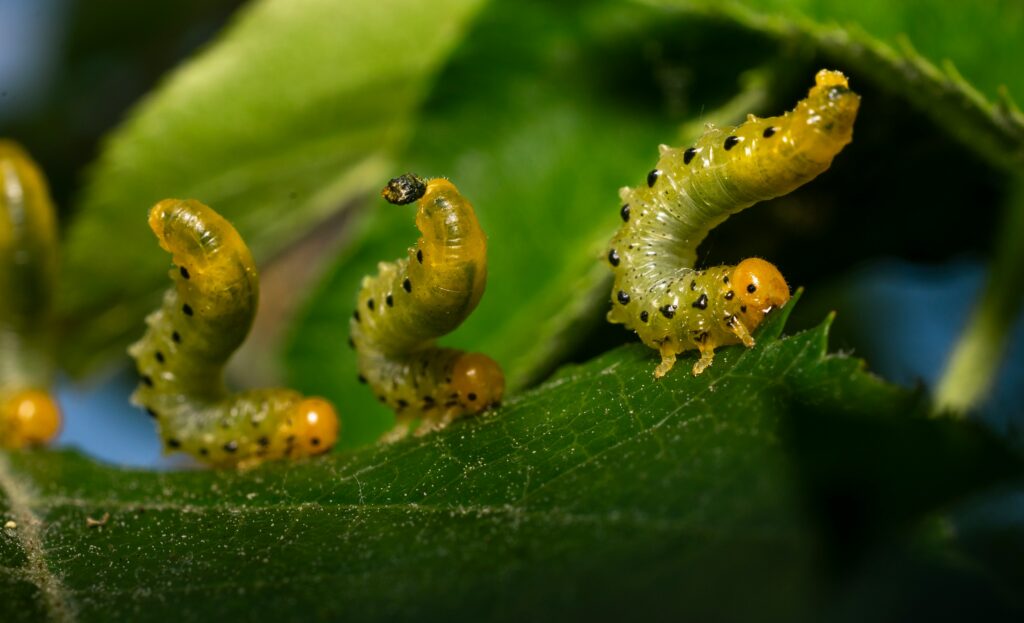
The relationship between manipulative parasites and their insect hosts represents one of nature’s most intense evolutionary arms races, with each side continuously developing new adaptive strategies. Host insects have evolved various defense mechanisms, including behavioral fever, where infected individuals seek warmer microhabitats to create body temperatures inhospitable to parasites. Some social insects like ants and bees have developed “social immunity” behaviors, where colony members identify and remove infected individuals before parasites can complete their life cycles or spread to others. At the physiological level, insects produce antimicrobial peptides and maintain robust cellular immune responses that can sometimes encapsulate and neutralize parasitic invaders before behavioral manipulation begins. Perhaps most fascinating is that some hosts appear to have evolved tolerance to certain manipulations while minimizing their costs—for example, some ant species infected with Ophiocordyceps fungi show reduced manipulative effects compared to more susceptible related species, suggesting evolutionary adaptation to the parasite’s mind control. This constant back-and-forth selection pressure drives both parasite manipulation strategies and host defenses to become increasingly sophisticated over evolutionary time.
Applications in Science and Medicine

The study of parasitic manipulation in insects has yielded valuable insights with applications across multiple scientific fields. In neuroscience, understanding how parasites precisely target specific neural circuits has provided new models for studying brain function and behavior connections without requiring complex experimental interventions. Pharmaceutical researchers are investigating the chemical compounds parasites use to manipulate their hosts, seeking inspiration for new drugs targeting neurological conditions in humans. In agriculture and pest management, scientists are developing biocontrol strategies based on parasites that naturally control insect pests—for example, nematodes that hunt and kill soil-dwelling insect larvae are now commercially available as organic pest control solutions. Perhaps most promising are applications in disease control, where Wolbachia bacteria are being introduced into mosquito populations to reduce their ability to transmit human diseases like dengue and Zika. The strategies these parasites have refined over millions of years of evolution represent a vast natural library of biochemical tools that continue to inspire new approaches in medicine, agriculture, and basic science.
Conclusion
The phenomenon of zombie insects represents one of nature’s most dramatic examples of biological manipulation, where the lines between individual organisms blur as one species commandeers another’s body and behavior. These relationships, disturbing as they may appear to human observers, highlight the extraordinary adaptability of parasites and the intricate connections that shape ecosystems. As scientists continue to unravel the molecular mechanisms and evolutionary histories behind these manipulations, we gain not only fascinating insights into nature’s complexity but also potential tools for medicine, pest management, and disease control. The zombie insects walking among us remind us that even the most familiar creatures may harbor hidden biological dramas, with microscopic puppet masters pulling the strings of their unwitting hosts in an ancient evolutionary performance that continues to unfold in gardens, forests, and fields worldwide.

